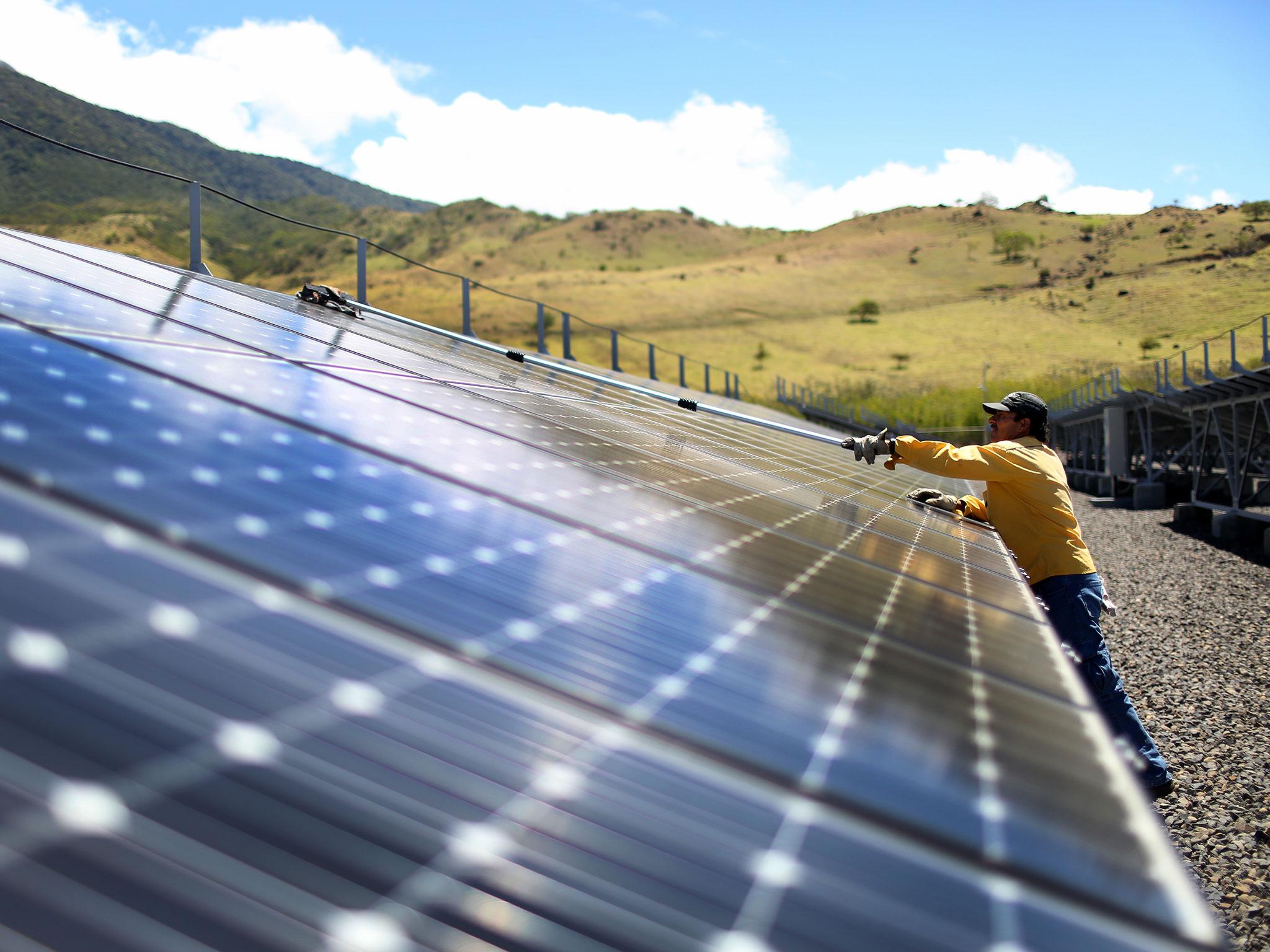Costa Rica's electricity generated by renewable energy for 300 days in 2017
Central American nation set to smash its own 2015 green power record

Your support helps us to tell the story
From reproductive rights to climate change to Big Tech, The Independent is on the ground when the story is developing. Whether it's investigating the financials of Elon Musk's pro-Trump PAC or producing our latest documentary, 'The A Word', which shines a light on the American women fighting for reproductive rights, we know how important it is to parse out the facts from the messaging.
At such a critical moment in US history, we need reporters on the ground. Your donation allows us to keep sending journalists to speak to both sides of the story.
The Independent is trusted by Americans across the entire political spectrum. And unlike many other quality news outlets, we choose not to lock Americans out of our reporting and analysis with paywalls. We believe quality journalism should be available to everyone, paid for by those who can afford it.
Your support makes all the difference.Costa Rica’s electricity has been produced entirely using renewable energy for 300 days since the start of January.
With more than a month of 2017 to go, the Central American country is set to smash its own annual record of green energy use. In 2015 the nation went 299 days using only renewables.
According to the Costa Rican Institute of Electricity (ICE), the nation of five-million people has also clocked up 201 consecutive days of total renewable energy production since 1 May.
Costa Rica currently generates more than 99 per cent of its electricity using five different renewable sources; hydropower (78%), wind (10%), geothermal energy (10%), biomass and solar (1%).
In contrast, the United States generated about 15 per cent of its electricity from renewable sources in 2016, according to the US Energy Information Administration.
Coal and natural gas together made up nearly two-thirds of US electricity generation and nuclear power provided the remaining 19 per cent.
Costa Rican clean development adviser Dr Monica Araya said earlier this year the extent of Costa Rica's renewable electricity generation is a “fantastic achievement".
But she added: “It hides a paradox, which is that nearly 70 per cent of all our energy consumption is oil.”
The 99 per cent figure only refers to electricity usage, not gas used for heating or fuel used in vehicles, for example.
Costa Rica hosts more than five per cent of the world’s species biodiversity despite a landmass that covers 0.03 per cent of the planet.
While dams provided the majority of the country’s electricity, they can have destructive environmental and social consequences, such as affecting previously healthy rivers, disrupting wildlife and displacing indigenous communities.
Read more on solar panels
Join our commenting forum
Join thought-provoking conversations, follow other Independent readers and see their replies
Comments